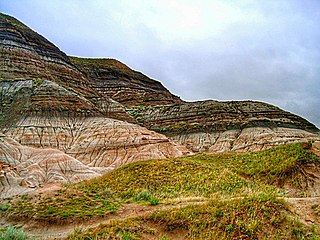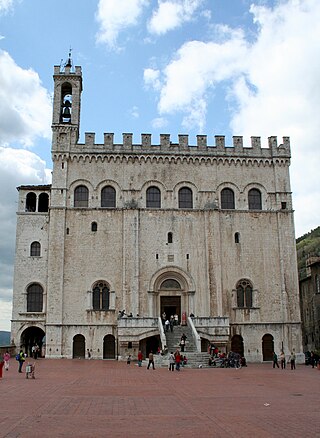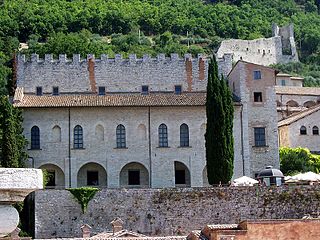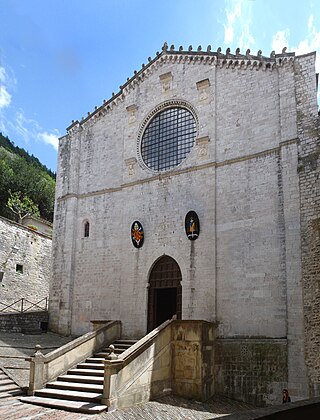5 Sights in Gubbio, Italy (with Map and Images)
Legend
Welcome to your journey through the most beautiful sights in Gubbio, Italy! Whether you want to discover the city's historical treasures or experience its modern highlights, you'll find everything your heart desires here. Be inspired by our selection and plan your unforgettable adventure in Gubbio. Dive into the diversity of this fascinating city and discover everything it has to offer.
Sightseeing Tours in Gubbio1. Limite K-T
The Cretaceous–Paleogene (K–Pg) boundary, formerly known as the Cretaceous–Tertiary (K–T) boundary, is a geological signature, usually a thin band of rock containing much more iridium than other bands. The K–Pg boundary marks the end of the Cretaceous Period, the last period of the Mesozoic Era, and marks the beginning of the Paleogene Period, the first period of the Cenozoic Era. Its age is usually estimated at 66 million years, with radiometric dating yielding a more precise age of 66.043 ± 0.043 Ma.
2. Museo civico
The Civic Museum of Gubbio is located in the Palazzo dei Consoli and is now divided into various sections and collections, distributed over the five floors of the building: art gallery, ceramics section, archaeological collection, oriental collection and Risorgimento collection.
3. Palazzo Ducale
The Ducal Palace, also known as Corte Nuova, faces the cathedral of Gubbio and was built by the Duke of Urbino Federico da Montefeltro in 1470, in Renaissance style, on pre-existing medieval buildings.
4. Cattedrale dei Santi Mariano e Giacomo
The Cathedral of Saints Mariano and Giacomo is the main Catholic place of worship in Gubbio, Umbria. Mother Church of the diocese of the same name, it is dedicated to Saints Mariano and Giacomo, martyrs at Lambaesis in Numidia, whose relics are preserved under the central altar.
5. Palazzo dei Consoli
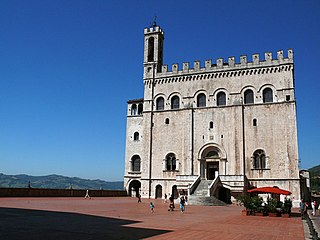
The Palazzo dei Consoli is a Gothic architecture, civic building in the historic center of Gubbio, region of Umbria, Italy. Construction took place during 1332–1349 under design by Angelo da Orvieto; the palace was built on a large platform built against the hillside and looming over the town below.
Share
How likely are you to recommend us?
Disclaimer Please be aware of your surroundings and do not enter private property. We are not liable for any damages that occur during the tours.
